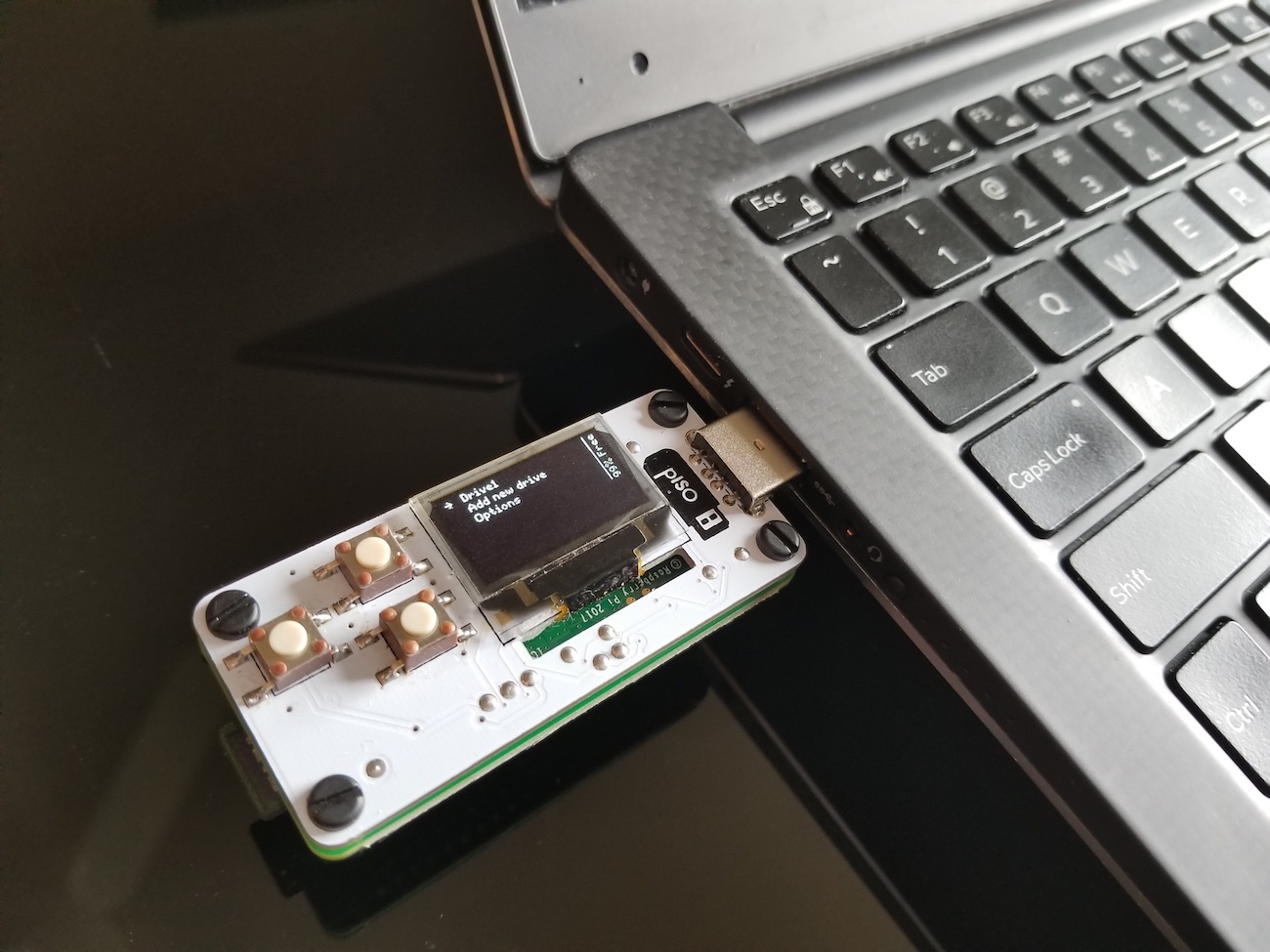

So overall, it looks like a decent quality NVMe drive and USB enclosure is going to give the best overall performance. And the XPG NMVe drive is at least twice as fast as every other option when it comes to random write performance. The performance of the older flash drives remains abysmal, with even the microSD card trouncing them in random 4K write performance.īut the Arcanite also falls off quite a bit in comparison to the SSDs and the Corsair. Random IO performance paints a more complex picture. The Arcanite does well here, but it does lag a little bit behind the SSDs and even the Corsair GTX. The sequential results show a huge gap between the SSDs and fast new USB flash drives and the cheaper older-generation flash drives and the microSD card.įrom what I've found, it seems like most USB flash drives perform the same as a microSD card in a USB adapter: So how did all these drives perform? I ran all the tests booting the Pi from the device that was being tested, and I also ran the same benchmarks on my fastest microSD card, a Samsung Evo Plus. I ran benchmarks on every one of these drives, testing their sequential read and write performance with hdparm and dd (to test large file operations), as well as their random 4K read and write performance with iozone (to test more general usage patterns when booting or running apps on a Pi).

So I took Rob up on the offer, and he sent me an XPG NVMe drive in a TDBT enclosure and an Arcanite AK58 USB 3.1 flash drive, touted by some as 'one of the fastest USB flash drives available'.


 0 kommentar(er)
0 kommentar(er)
